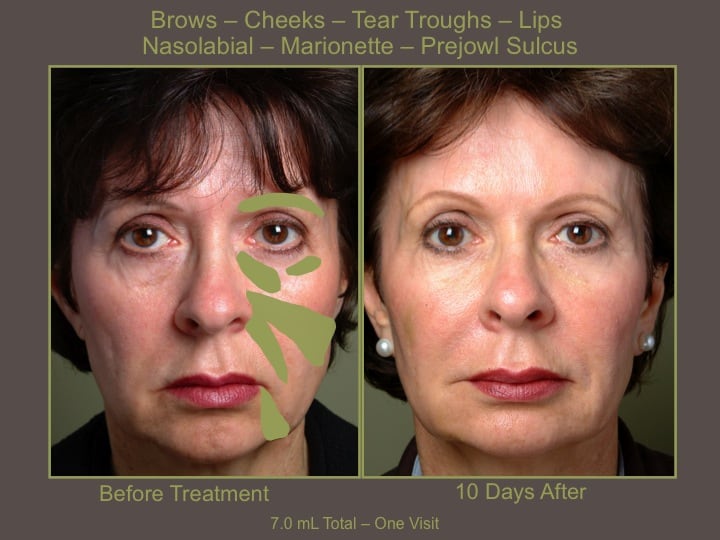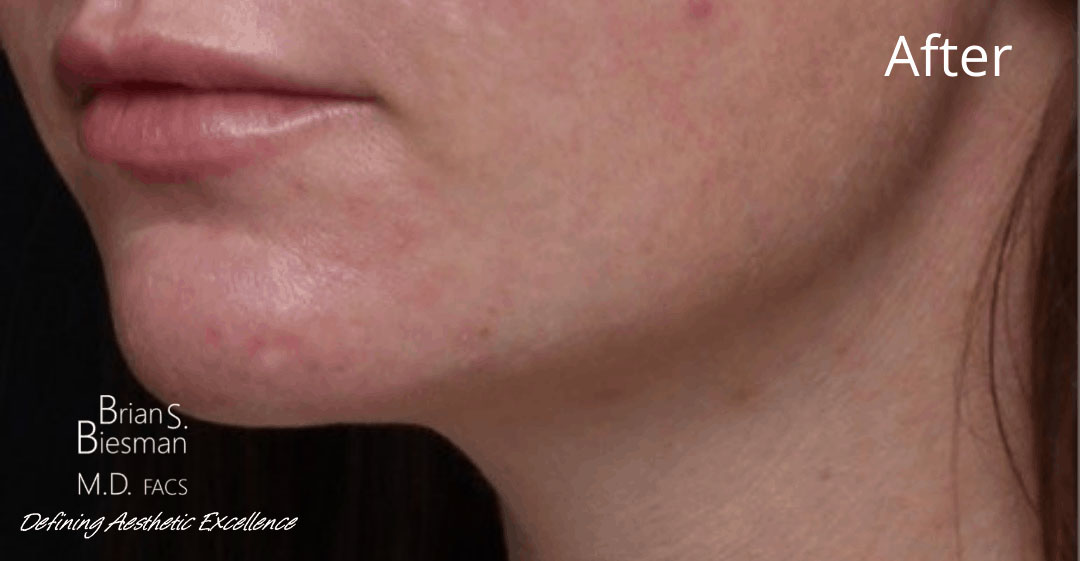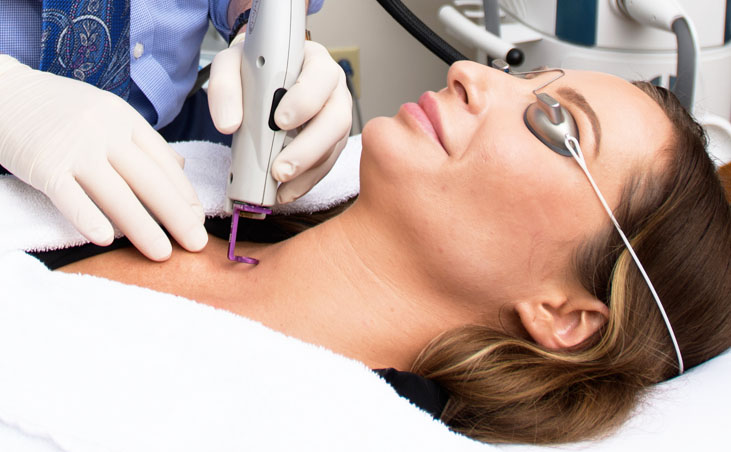
Oculoplastic Surgeon Vs. Plastic Surgeon for Eyelid Surgery
Posted November 11, 2021Reasons Why You Should Choose Oculoplastic Surgeon Vs. Plastic Surgeon for Eyelid Surgery Plastic and reconstructive surgery can have a significant impact not only on your personal appearance, but also your level of self-esteem. Before having surgery, it is crucial to make a careful selection of who you will trust with your face. It is […]

What Is A Liquid Facelift? – Overview by Oculofacial Surgeon
Posted November 11, 2021What is a Liquid Facelift And Is It Right For You? As we get older, we all begin noticing unwanted signs and symptoms of the aging process, including fine lines and wrinkles, lost volume, and more. There are a number of options available for facial rejuvenation, though these different treatments vary both in what they […]

Benefits of Masseter Botox – Jawline Contouring
Posted November 11, 2021All About The Benefits of Masseter Botox Botox is a popular injectable treatment, well-known for its effects relaxing the muscles and smoothing certain types of wrinkles and fine lines. In addition to its applications for facial rejuvenation, Botox can also be injected into the masseter muscles, which is one of the muscles that control the […]

Benefits of Laser Skin Resurfacing and The Types of Lasers
Posted November 11, 2021Many patients come to Dr. Brian Biesman with specific questions about the benefits of laser skin resurfacing, the types of lasers available today, and about its appropriateness for addressing their particular skin concerns. Dr. Biesman has been performing laser skin resurfacing since the early 1990s. And, he has been fortunate to play a significant role […]